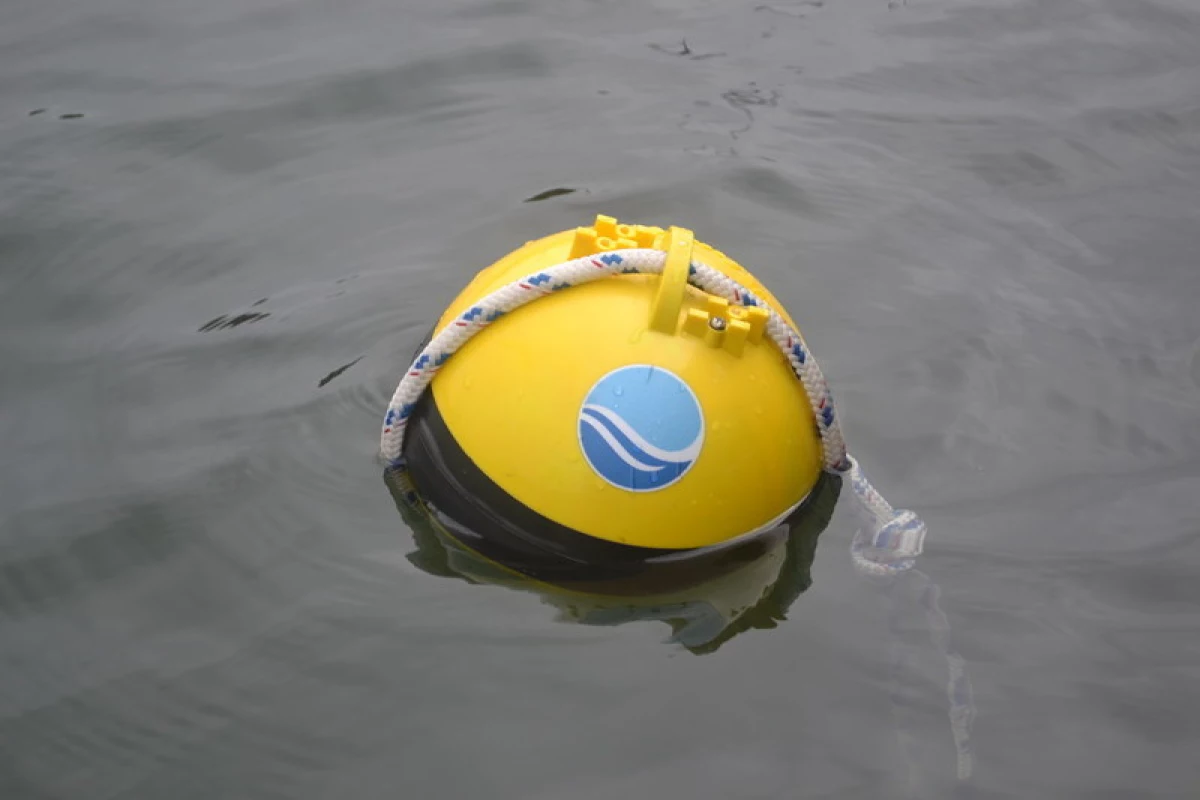You've no doubt heard about the horrors of lost commercial fishing nets, which drift through the ocean catching and killing a multitude of sea creatures. Well, the Farallon Buoy is designed to help, by allowing fishers to track the whereabouts of those nets.
Manufactured by Silicon Valley-based Blue Ocean Gear, the spherical device can be tied onto not only nets, but also gear such as lobster traps and longline fishing lines. An integrated saltwater immersion sensor automatically powers it up as soon as it hits the water, where it proceeds to float on the surface.
The Farallon Buoy also contains a microprocessor; a GPS chip; an accelerometer; water temperature and depth sensors; plus Iridium satellite and long-range open-band radio modules. Power is provided by a nickel-metal hydride battery, which should reportedly be good for up to 10 months of use per charge.
As long as the buoy is just floating calmly in place, it doesn't do much (although its location can still be checked as needed). However, if its sensors detect that it has been moved by a storm, snagged and dragged by a ship, or has otherwise traveled beyond a set geographical radius, it will transmit an SMS alert to its user's smartphone via both satellite and radio.
Information about that alert – including the buoy's current GPS coordinates – can be viewed on an iOS app and a cloud-connected web interface. The user can then travel to the attached net's present location, and retrieve it.
The Farallon Buoy itself has a rugged PVC shell, a diameter of 7 inches (178 mm), weighs approximately 6 lb (2.7 kg), and is watertight down to a depth of 200 m (656 ft). Prospective buyers should contact the company for information on pricing.
Source: Blue Ocean Gear




